Traveling with fishing rods can be a bit daunting, especially when you’re unsure about airline regulations. Many anglers ask, “Can you bring fishing rods on a plane?” The answer isn’t a straightforward yes or no. It depends on several factors, including the airline’s specific policies, how you pack your equipment, and the type of fishing rod you’re carrying. In this detailed guide, we’ll explore everything you need to know to ensure a smooth journey with your fishing gear, from understanding airline regulations to packing tips and more.
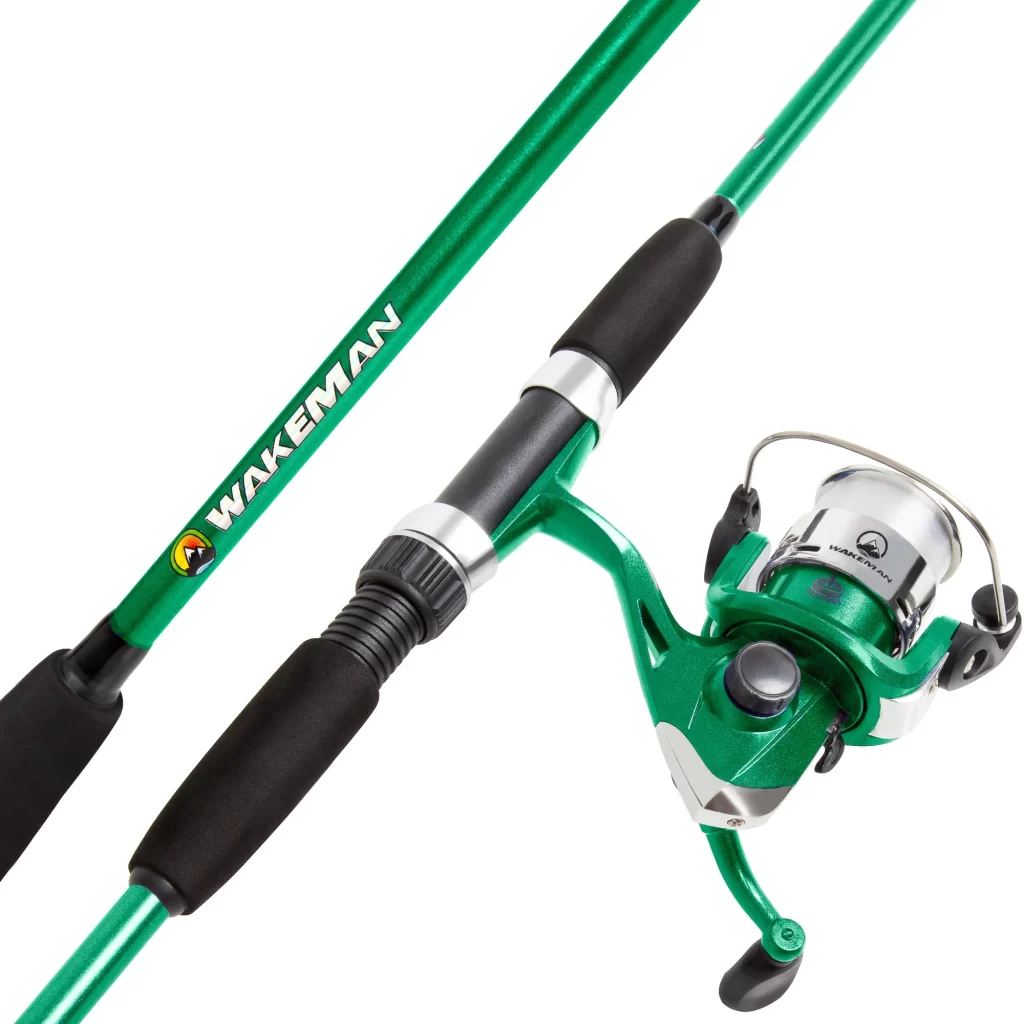 Airline Regulations for Fishing Gear
Airline Regulations for Fishing Gear
Navigating airline regulations for fishing gear can be tricky. But with the right knowledge, you can ensure that your fishing rods and equipment accompany you seamlessly on your flight. Let’s delve into the specific guidelines set by the Transportation Security Administration (TSA) and various airlines to make your travel experience smooth. Understanding these can save you from last-minute trouble and additional fees.
TSA Guidelines for Fishing Rods
Can you bring fishing rods on a plane? The TSA says yes. They permit fishing rods in both carry-on and checked bags. However, the final decision lies with the security officers at the checkpoint. Remember to check your airline’s size and length rules for carry-ons. This will help you avoid any issues at the airport. Make sure to detach hooks and lines before passing through security to prevent complications.
Airline-Specific Rules for Fishing Equipment
Different airlines have their own rules. For example, American Airlines allows fishing equipment but may charge for oversized or overweight items. On the other hand, Delta Airlines allows fishing rods as carry-ons within their size limits. Southwest Airlines asks for rods to be in a hard, cylindrical container. United Airlines lets you check one item of fishing equipment. Alaska Airlines waives oversize fees for fishing gear. Be sure to check your airline’s specific requirements before you fly. This will help you choose the best way to bring your fishing gear along. Remember that some airlines limit the number of rods. Others may charge extra fees. Collecting this information ahead of your trip will save you time and stress.
Packing Tips for Fishing Rods
Efficient packing can protect your fishing rods and gear during air travel. Here’s how.
Choosing the Right Rod Tube or Case
When flying, the right rod case is crucial for protecting your gear. Opt for a strong, lightweight case, like hard plastic. It’s adaptable and withstands pressure. A TSA-approved lock is a smart addition. It secures your rods and allows TSA easy access without damage.
Safeguarding Rods in Checked Luggage
If checking rods, ensure they’re tightly secured within the tube or case. Wrap them in bubble wrap or similar materials to prevent shifting and potential damage. Remember, some airlines, like Southwest and American Airlines, have oversize charge policies. Checking these before your flight will help avoid extra fees. Protect your gear further by choosing flights with less frequent layovers, reducing handling risks.
Carrying Fishing Rods as Carry-On
When planning to bring fishing rods onboard, understanding carry-on restrictions is key.
Size and Length Restrictions
Airlines set size and length limits for carry-ons. Fishing rods often exceed these. To avoid complications, know these restrictions before you pack. Refer to your airline’s guidelines for specifics. Some may not permit rods as carry-ons due to size. In such cases, checking the rods becomes necessary.
Handling Oversized Fishing Equipment
Handling oversized fishing gear can be a challenge. If your rods are too long, they won’t fit in the overhead bin. In this scenario, they must be checked. Always emphasize the gear’s importance if you must check it. Ask for special handling tags to alert baggage handlers. Protect your rods in sturdy, labeled cases to minimize damage.
Checked Baggage Tips for Fishing Equipment
When you decide to check your fishing equipment, follow these tips for a hassle-free journey.
Protecting Your Fishing Gear
Secure your rods in a hard case with padding, like bubble wrap. This prevents movement and damage. Label your case clearly; it helps handlers take extra care. Use a TSA-approved lock for safety and easy TSA checks. Prefer non-stop flights to limit handling and reduce risk of damage.
Fees for Sporting Equipment
Check your airline’s fee structure for sports gear in advance. Some airlines offer waivers or reduced fees for fishing equipment. Packing light can avoid overweight charges. Keeping rods within size limits reduces extra fees. Knowing these can save you money and trouble at check-in.
Other Fishing Equipment on a Plane
Aside from rods, you’ll need the rest of your fishing gear for a successful trip. Let’s discuss how to fly with other fishing essentials like reels, hooks, and lures.
Flying with Reels, Hooks, and Lures
When flying with fishing reels, hooks, and lures, remember that reels can go in your carry-on, but hooks and lures might pose an issue. For safety, pack hooks and large lures in checked luggage. They are sharp and could be seen as a threat. Wrap them well to avoid injury to baggage handlers.
Small lures may fit in your carry-on. But airport staff might take them if they look dangerous. To be safe, pack them in checked bags too. Use small, sturdy cases for reels to protect them and keep them organized.
Strategies for Packing Hazardous Fishing Tackle
Sharp and hazardous tackle, like large hooks or knife-like lures, needs careful packing. Wrap each item individually. Use thick gloves when handling them to prevent cuts.
Use hard cases for packing these items, and fill empty spaces with foam or bubble wrap. This stops movement and reduces the risk of puncturing the case.
Before you head to the airport, check airline and TSA guidelines on fishing tackle. This helps avoid delays or confiscations. Knowing the rules makes your trip smoother.
By following these tips, you keep your gear safe and comply with airline regulations. With your equipment ready, you can look forward to the fishing adventures ahead.
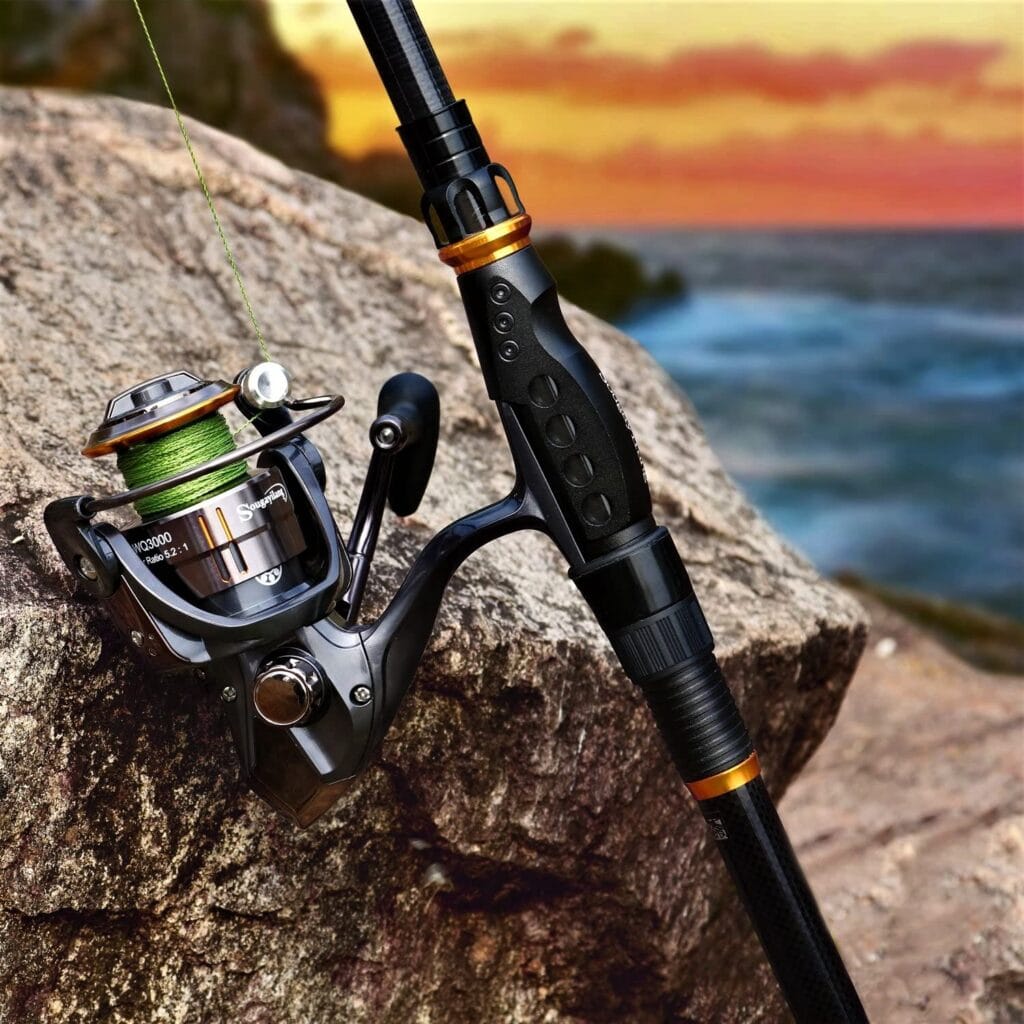 Choosing the Right Airline for Your Fishing Trip
Choosing the Right Airline for Your Fishing Trip
Not all airlines handle sporting equipment the same way. Selecting an airline that is fishing-friendly can make your travel experience much easier.
Researching Airline Policies
Before booking your flight, research the airline’s policies regarding fishing rods and other sporting equipment. Look for airlines that offer generous baggage allowances for sporting gear or have specific provisions for anglers.
Considering Fees and Charges
Some airlines may charge extra for transporting fishing rods, while others include it in your standard baggage allowance. Comparing these fees across different airlines can help you choose the most cost-effective option for your needs.
Reading Reviews from Fellow Anglers
Reading reviews and testimonials from other anglers can provide valuable insights into how different airlines handle fishing gear. This firsthand information can guide your decision-making process and help you select the best airline for your trip.
Planning Your Fishing Trip with Air Travel
Planning a fishing trip that includes air travel requires some homework. Start by choosing your destination. Next, review the airline’s policies related to fishing gear. It’s wise to consider the travel routes and layover durations. Fewer layovers mean less handling of your checked gear. This reduces the risk of damage to your rods and reels.
Selecting Destinations and Considering Airline Policies
When picking a fishing locale, think about the travel requirements. Distance, flight availability, and potential airline restrictions can influence your choice. Look for places with direct flights to minimize rod handling. Direct flights can keep your gear safer. Be sure to check any oversize and overweight fee policies for the airlines you might fly with. Know these fees to budget for your trip accordingly. Some destinations also have particular rules on bringing fishing gear. Research these rules to avoid surprises at the airport.
Best Practices for Traveling with Fishing Rods
Adopting best practices when traveling with fishing rods can enhance your overall experience and protect your valuable equipment.
Secure Packing to Prevent Damage
Ensure your fishing rod is packed securely with ample padding to absorb shocks during transit. Use foam sleeves or bubble wrap around delicate parts to provide extra protection.
Labeling Your Equipment Clearly
Clearly label your fishing rod case with your name, address, and contact information. This helps in identifying your gear quickly in case it gets misplaced or lost.
Arriving Early at the Airport
Arriving at the airport well in advance allows you ample time to handle any unexpected issues related to your fishing gear. It also reduces stress, giving you confidence that everything is in order before your flight.
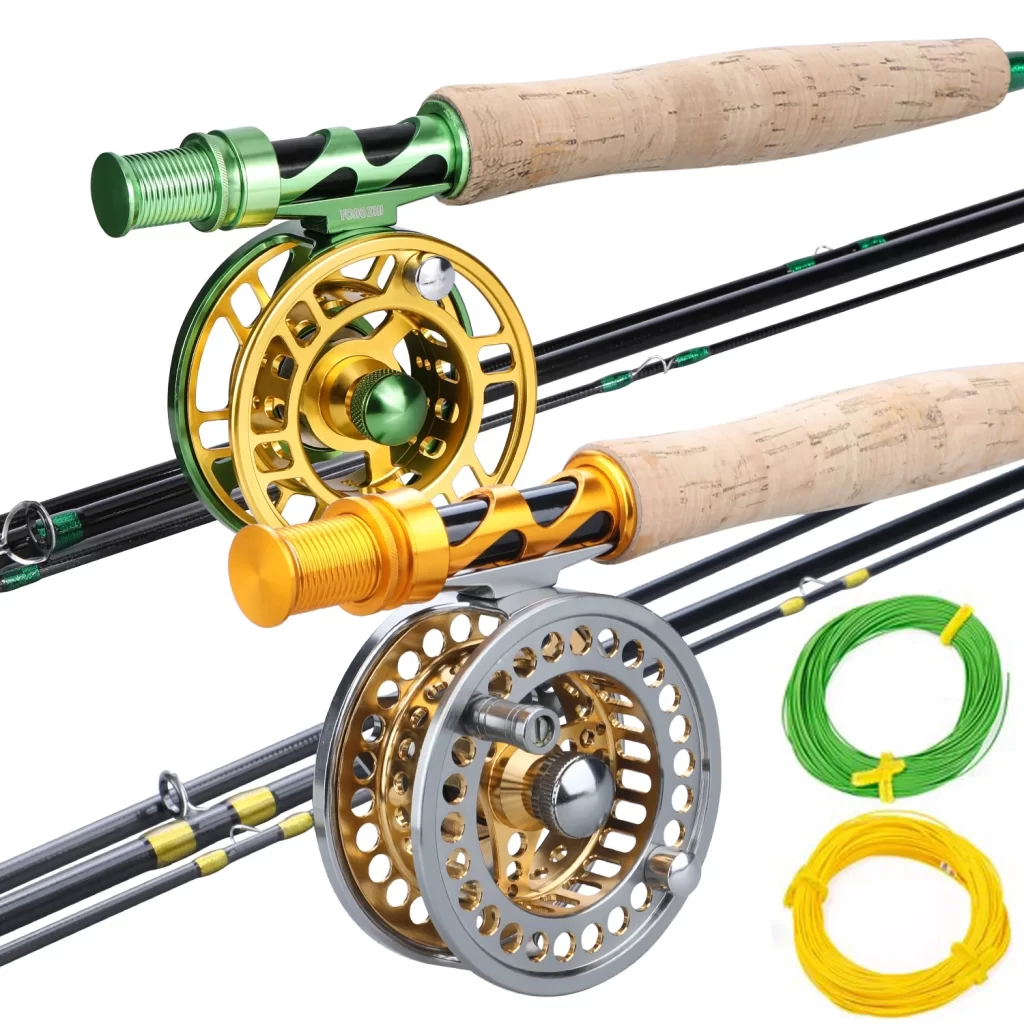 Alternatives to Bringing Your Fishing Rod on a Plane
Alternatives to Bringing Your Fishing Rod on a Plane
Sometimes, bringing a fishing rod on a plane may not be the most convenient option. Exploring alternatives can save you time, money, and hassle.
Renting Equipment at Your Destination
Many fishing destinations offer rental services for rods and other gear. Renting allows you to use high-quality equipment without the burden of transporting it, especially beneficial for short trips.
Shipping Your Fishing Rod Separately
Shipping your fishing rod directly to your destination can be a practical alternative. This method ensures your gear arrives safely without occupying space in your luggage. However, it requires planning and understanding shipping costs and timelines.
Using a Portable or Collapsible Fishing Rod
Portable or collapsible fishing rods are designed for easy transportation. These lightweight options take up minimal space in your luggage and can be more convenient for air travel.
Frequently Asked Questions (FAQ) About Bringing Fishing Rods on a Plane
Can you bring fishing rods on a plane?
Yes, you can bring fishing rods on a plane. Most airlines allow them as part of your checked baggage, provided they are securely packed and comply with the airline’s specific regulations. Always check with your airline beforehand to confirm their policies.
Are there size restrictions for fishing rods on flights?
Yes, airlines typically have size and length restrictions for baggage, including fishing rods. Ensure your rod fits within the airline’s size guidelines to avoid extra fees or the need to check additional bags.
Do I need to declare my fishing rod at security?
While fishing rods are generally allowed, it’s a good practice to declare them during the security screening process. This helps prevent any delays and ensures compliance with TSA regulations.
What if my fishing rod gets damaged during the flight?
If your fishing rod gets damaged during the flight, report it to the airline immediately. Having travel insurance can help cover the costs of repairs or replacements if the damage is significant.
Can I carry my fishing rod in the cabin?
Depending on the airline, you may be able to carry your fishing rod in the cabin as a carry-on item. However, this is subject to the airline’s specific policies and size restrictions. It’s best to confirm with your airline before your trip.
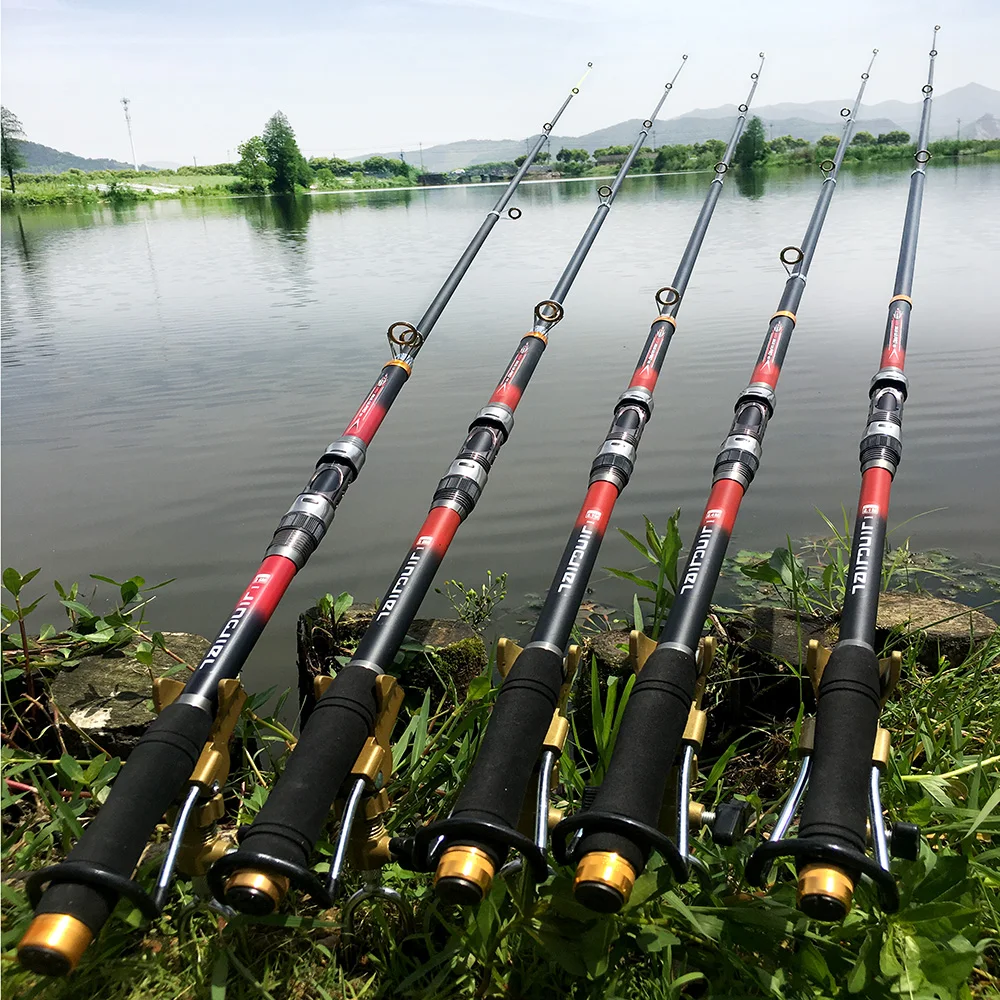 Making the Most of Your Fishing Trip
Making the Most of Your Fishing Trip
Bringing your fishing rod on a plane can significantly enhance your fishing experience, allowing you to use familiar and trusted gear. By following the guidelines outlined in this article, you can ensure that your fishing rod travels safely and arrives ready for your next adventure.
Planning Ahead for a Smooth Journey
Effective planning is key to a successful trip with your fishing rod. Start by researching airline policies well in advance and choose the best packing method for your equipment. Additionally, consider the logistics of your destination to ensure you can enjoy fishing without unnecessary stress.
Enjoying Your Fishing Experience
Once you’ve arrived at your destination with your fishing rod safely in hand, you can fully immerse yourself in the fishing experience. Whether you’re exploring new waters or revisiting favorite spots, having your own gear allows you to fish comfortably and efficiently.
Sharing Your Adventures
Don’t forget to document your fishing adventures and share them with fellow enthusiasts. Sharing your experiences can inspire others and contribute to a community of passionate anglers who value the convenience of traveling with their own equipment.
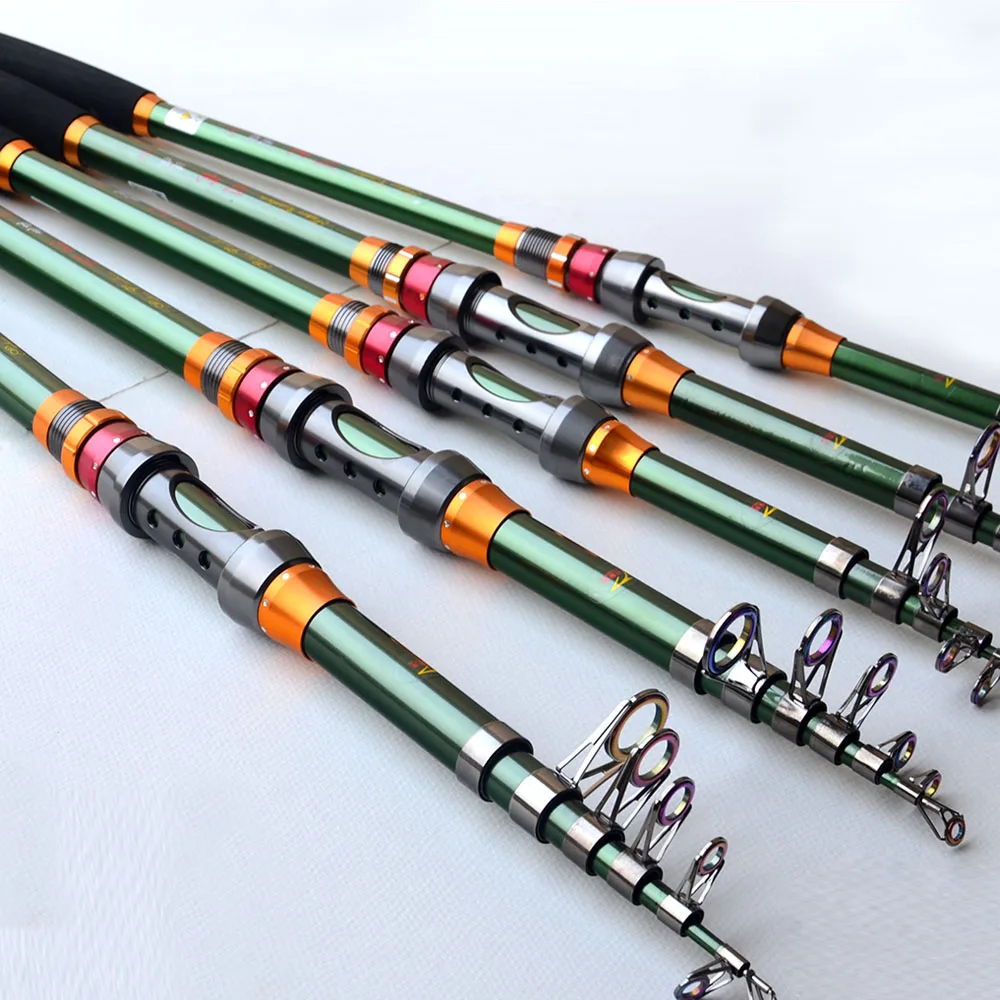 Conclusion: Can You Bring Fishing Rods on a Plane? Absolutely, With the Right Preparation
Conclusion: Can You Bring Fishing Rods on a Plane? Absolutely, With the Right Preparation
The question “Can you bring fishing rods on a plane?” undoubtedly has a positive answer, provided you take the necessary steps to comply with airline regulations and properly prepare your equipment. By understanding airline policies, packing thoughtfully, and considering alternatives when needed, you can confidently bring your fishing rod on your next flight. Embrace the journey with your gear in tow, and enjoy countless fishing adventures wherever your travels take you.